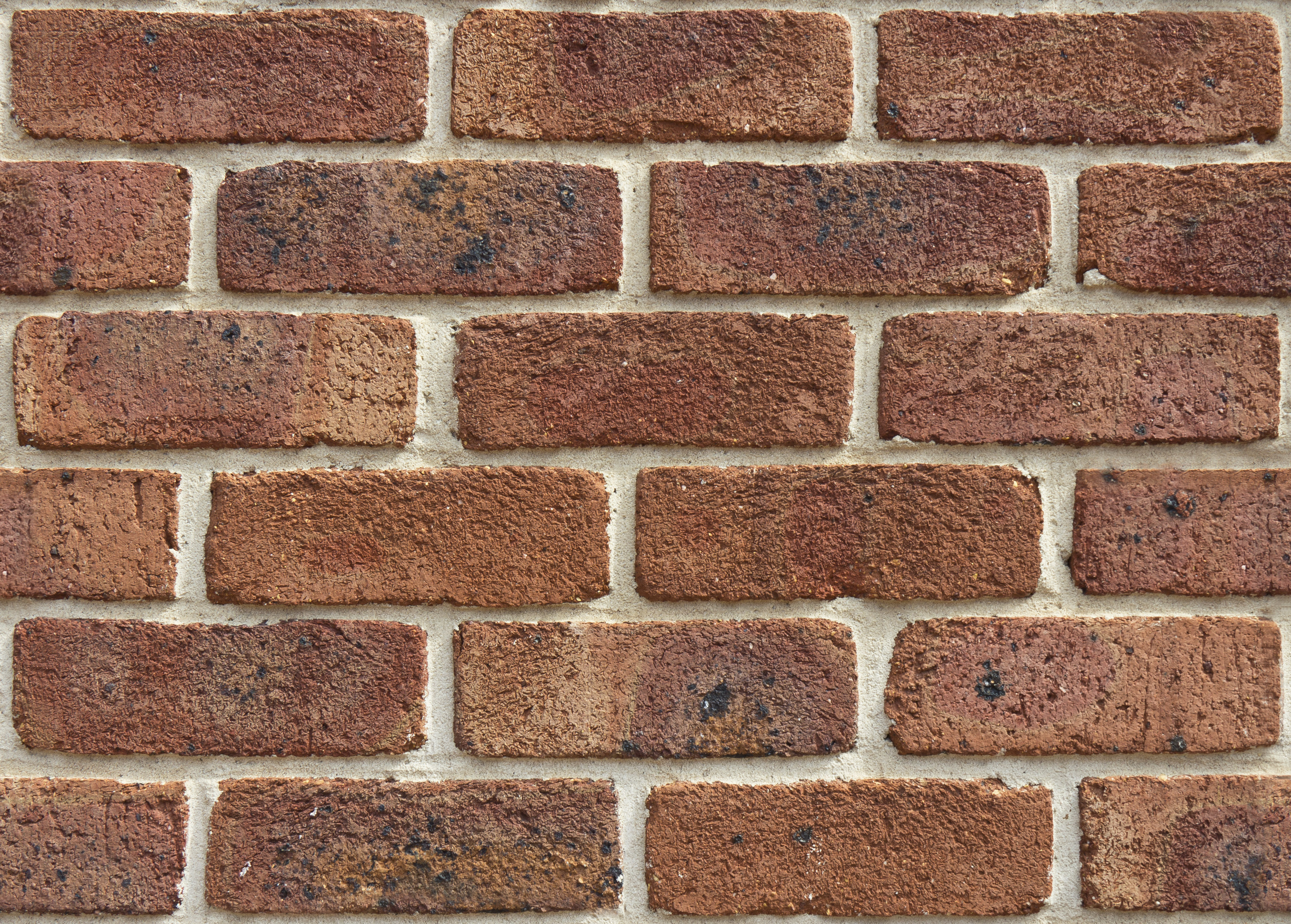
FREE SHIPPING ON
ALL QUALIFYING ORDERS
Enter your email below to join our mailing list:

Bricks have been used as a building material for thousands of years, and their history is a fascinating tale of innovation and creativity. From ancient civilizations to modern-day construction, bricks have played an essential role in shaping our built environment.
The earliest bricks were made from mud and clay, shaped by hand and left to dry in the sun. These simple bricks were used by ancient civilizations such as the Egyptians, who used them to build their pyramids, and the Mesopotamians, who used them to construct their cities.
As civilizations advanced, so did the techniques for making bricks. The Babylonians, for example, began firing their bricks in kilns, creating a harder and more durable material. The Romans also made significant advancements in brick-making, developing a more efficient kiln design and incorporating new materials such as volcanic ash.
During the Middle Ages, bricks fell out of favor as a building material, with stone becoming the preferred choice. However, by the 16th century, brick-making had once again become a popular industry in Europe, with the Dutch becoming renowned for their high-quality bricks.
In the 18th century, the Industrial Revolution brought about a major transformation in brick-making. New machines were invented that could make bricks at a faster rate, and new materials such as coal and coke were used to fire the kilns. These advances allowed bricks to be produced on a mass scale, making them more affordable and accessible for the construction of buildings and infrastructure.
The 20th century saw further advancements in brick-making technology, with the introduction of new materials such as concrete and synthetic materials. However, traditional clay bricks continued to be a popular choice for construction due to their durability, thermal properties, and aesthetic appeal.
Today, brick-making remains a significant industry around the world, with billions of bricks produced each year. While modern technology has allowed for greater efficiency and precision in brick-making, the fundamental process remains much the same as it was thousands of years ago.
In conclusion, the history of the brick is a testament to human ingenuity and creativity. From simple mud bricks to the sophisticated materials used in modern construction, bricks have played an essential role in shaping our built environment and will likely continue to do so for many years to come.





No spam, notifications only about products and updates.

Having dealt with MK Diamond Products and the Delahauts since the mid 1990’s it is sad to hear the news that they have closed their

I’ve told my wife and daughter to never follow a mortar mixer down the interstate. For over 30 years we have sold, rented, and repaired

This question is one of the most frequent mixer related questions our rental staff are asked. Our contractor customers know the importance of using the right tools for the job.

Trowel Trades, a company that specializes in equipment rental, tool retail, repair services, scaffolding and mast climber access solutions, enters the Silver Tier of the Masonry Alliance Program.
Your email was submitted successfully.
YOUR 10% OFF COUPON CODE IS WELCOME10.
See category exclusions below.
Category Exclusions:
Arbortech Brick and Mortar Saw, Compaction, Concrete Mixers, Concrete Walk Behind Saws, Drop Hammers, Grout Hogs, iQ Power Tools, Masonry Block Saws, Masonry Brick Saws, Mast Climbers, Mortar Mixers, Mud Buggy, Saws, Scaffold, Self Dumping Hoppers, Shoring, and Stihl